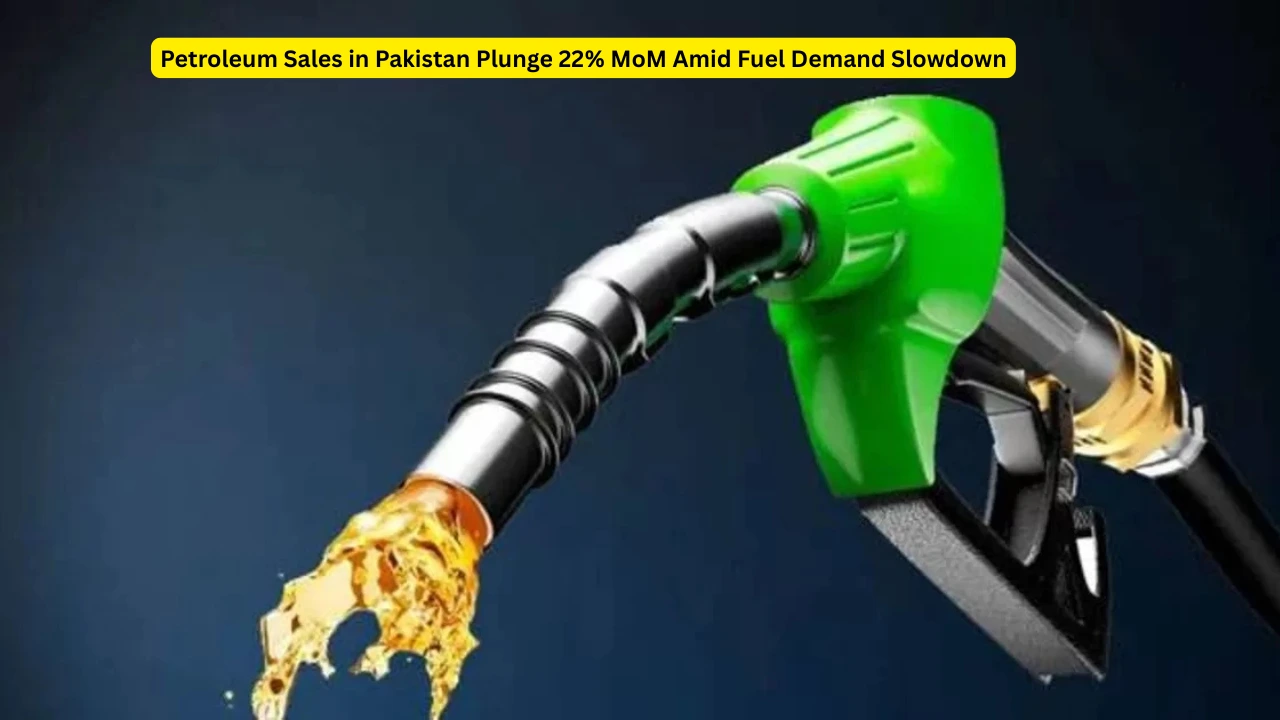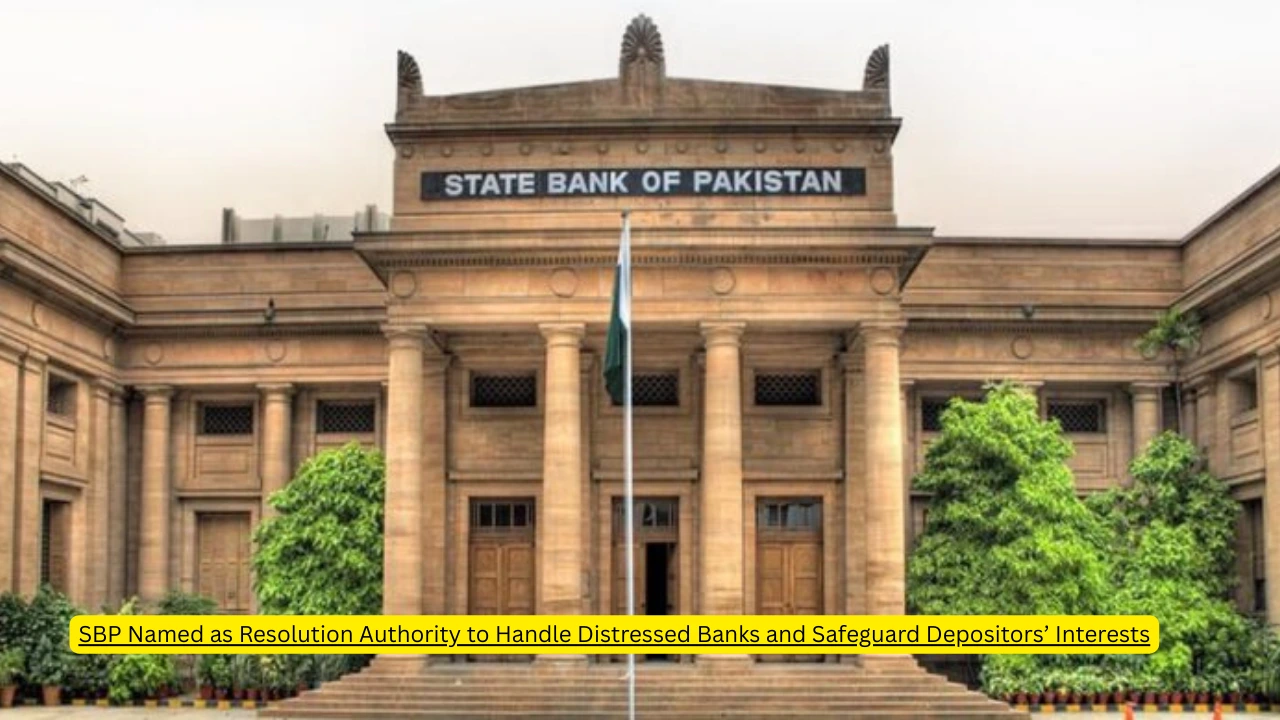Petroleum sales in Pakistan have witnessed a sharp 22% month-on-month (MoM) decline, raising concerns about fuel demand and the overall energy sector performance. The slump reflects changing consumption patterns, rising energy prices, and shifting trends in industrial as well as consumer fuel usage.
In this detailed analysis, we will explore the reasons behind the fall in petroleum sales, its impact on Pakistan’s economy, and the outlook for the coming months.
What Triggered the Decline in Petroleum Sales?
The petroleum industry in Pakistan has always been a backbone of transportation, energy production, and industrial growth. However, the recent 22% drop in sales indicates major shifts across the economy. Some of the key reasons include:
- Rising Fuel Prices: High petrol and diesel rates discouraged consumer spending and reduced driving habits.
- Economic Slowdown: Declining industrial activity cut the demand for furnace oil and diesel.
- Shift Towards Alternative Fuels: With the adoption of CNG and hybrid/electric vehicles, traditional fuel demand is under pressure.
- Seasonal Consumption: Post-holiday periods often witness weaker sales as transportation demand normalizes.
Petroleum Sales Trends: MoM vs YoY
While the month-on-month (MoM) decline is steep, year-on-year (YoY) comparisons also reflect a consistent downtrend. According to industry reports:
- MoM Sales: 22% decline in July compared to June.
- YoY Sales: Petroleum demand dropped by over 10% compared to the same period last year.
This highlights that the issue is not only seasonal but structural, tied to deeper economic challenges.
Impact on Pakistan’s Economy
The petroleum sales slump affects multiple sectors:
- Transportation & Logistics: Higher fuel costs are pushing logistics companies to cut trips, impacting supply chains.
- Industrial Sector: Factories using furnace oil and diesel are scaling down production.
- Government Revenue: Petroleum levy and sales tax are a major revenue source; lower consumption reduces tax collection.
- Inflation: Despite weaker demand, high prices keep inflation elevated, squeezing household budgets.
Global Oil Prices and Local Market Reaction
Another key factor is the global crude oil market. Despite fluctuations in Brent crude prices, Pakistan’s import costs remain high due to currency depreciation. The rupee’s weakness magnifies fuel import bills, making petroleum more expensive locally.
This double impact of global oil volatility + local currency depreciation is a major contributor to reduced sales.
Future Outlook for Petroleum Demand
Experts suggest that petroleum sales may stabilize if global oil prices ease and domestic economic activity improves. However, challenges remain:
- Shift Towards Clean Energy: Pakistan is slowly moving towards renewable energy and EV adoption, which will structurally reduce fossil fuel demand.
- IMF-Linked Pricing: Fuel subsidies are unlikely, keeping prices high under IMF conditions.
- Seasonal Upticks Possible: Harvest season and winter may push diesel demand temporarily higher.
Key Takeaways
- Petroleum sales dropped 22% MoM in Pakistan, highlighting weak consumer and industrial demand.
- Rising fuel prices, rupee depreciation, and economic slowdown are major reasons behind the fall.
- The decline impacts government revenue, inflation, and industrial output.
- Long-term demand may remain under pressure as Pakistan transitions towards alternative energy sources.
Conclusion
The 22% MoM drop in petroleum sales is a clear signal of Pakistan’s ongoing economic struggles. For consumers, it reflects affordability issues, while for businesses, it highlights reduced industrial activity. The government faces the challenge of balancing fuel pricing, revenue needs, and public relief.
Moving forward, a combination of stabilizing currency, controlled inflation, and gradual energy diversification will be crucial in determining the future of Pakistan’s petroleum market.If you know about CPI July 2025 then click here.



One thought on “Petroleum Sales in Pakistan Plunge 22% MoM Amid Fuel Demand Slowdown”